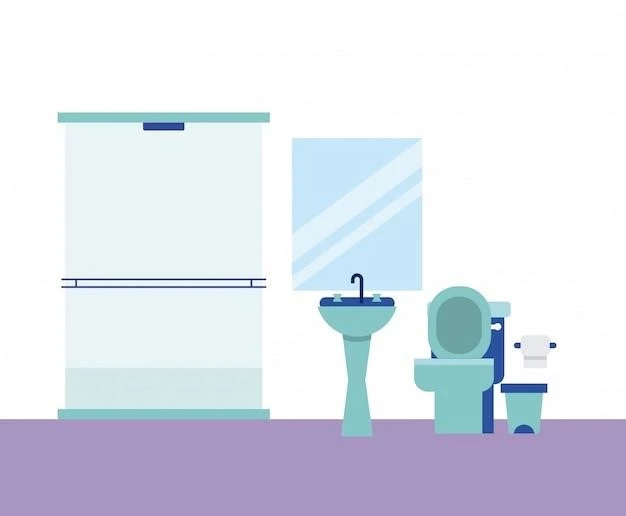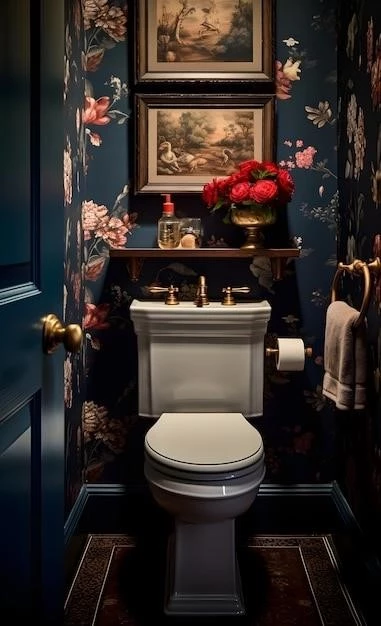The toilet, a seemingly mundane fixture in our modern lives, has a surprisingly rich and fascinating history, spanning millennia and reflecting the evolution of human sanitation practices. From rudimentary trenches to sophisticated plumbing systems, the journey of the toilet is a testament to our ingenuity and the pursuit of hygiene.
Early Beginnings: From Trenches to Chamber Pots
The earliest forms of sanitation can be traced back to ancient civilizations. The Indus Valley Civilization, dating back to 3000 BCE, featured sophisticated urban planning with elaborate drainage systems and public toilets. The Romans, renowned for their engineering prowess, constructed elaborate public bathhouses with toilets, often integrated into their aqueduct systems. However, these early forms of sanitation were primarily communal, with individual toilets being largely absent.
In the Middle Ages, the concept of individual sanitation evolved with the introduction of chamber pots. These rudimentary vessels, often made of ceramic or metal, provided a basic form of indoor sanitation. While chamber pots offered a degree of privacy, they posed significant challenges in terms of hygiene and disposal. The contents were often emptied into streets or cesspools, leading to unsanitary conditions and the spread of diseases.
The Rise of Flush Toilets: A Revolutionary Invention
The 16th century witnessed a pivotal moment in the evolution of the toilet: the invention of the flush toilet. Sir John Harington, an English courtier, is credited with designing the first working flush toilet, though his invention did not gain widespread adoption. It was in the late 18th century that Alexander Cumming, a Scottish inventor, patented an improved flush toilet that featured a S-bend trap, preventing sewer gases from escaping. This innovation played a crucial role in improving sanitation and public health.
The 19th century saw the development of modern plumbing systems٫ making flush toilets more accessible to a wider population. The invention of the water closet٫ a term still used today٫ further refined the design٫ incorporating a separate bowl and tank for flushing.

Innovations and Advancements: The Modern Toilet
The 20th century witnessed a series of technological advancements in toilet design٫ focusing on efficiency٫ hygiene٫ and comfort. The introduction of low-flow toilets significantly reduced water consumption٫ promoting environmental sustainability. The development of elongated bowls provided greater comfort and hygiene. The advent of electronic toilets with features like heated seats٫ automatic flushing٫ and bidet functions further enhanced the user experience.

The Future of the Toilet: Sustainable Solutions
Today, the focus is on developing sustainable and eco-friendly toilet technologies; Composting toilets, which convert waste into nutrient-rich compost, offer an alternative to traditional plumbing systems. Waterless toilets, using various methods like evaporation or dry composting, are gaining traction in regions facing water scarcity. As we continue to face the challenges of population growth and environmental sustainability, the future of the toilet holds the promise of innovative solutions that balance hygiene with environmental responsibility.










